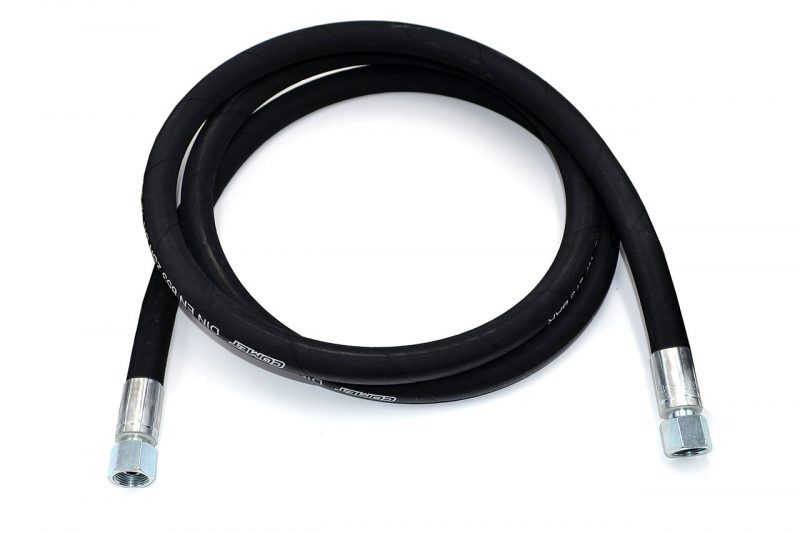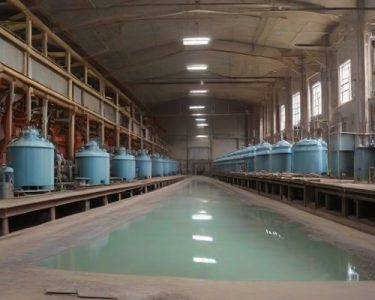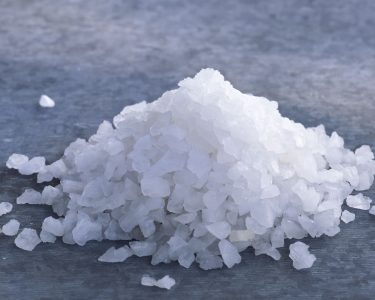Hydraulic hoses are essential components in power transmission and control systems across various industries, including construction, agriculture, and manufacturing.
Given the critical role they play in machinery operation and the high pressures they handle, installing and using Parker hydraulic hoses safely is paramount.
This article outlines essential safety protocols to ensure optimal performance and minimize risks associated with hydraulic hose systems.
Introduction to Parker Hydraulic Hoses
Parker is a recognized leader in hydraulic hose technology, offering a wide range of products designed for high performance in demanding applications. Their hoses are known for durability, flexibility, and resistance to heat, chemicals, and pressure. Understanding the specifics of these hoses is crucial before installation and use.
Safety Protocols for Installation
- Proper Training and Certification:
- Ensure that personnel responsible for hydraulic hose installation are properly trained and certified. Understanding the mechanics of hydraulic systems and the specific requirements of Parker hoses is crucial.
- Parker provides detailed guides and specifications for all their products. These should be thoroughly reviewed by the installation team.
- Inspecting Hoses Before Installation:
- Before installation, inspect each hose for any signs of damage, such as cuts, abrasions, or unusual wear. Do not install damaged or compromised hoses.
- Verify that the hose type and specifications are suitable for the intended application, especially concerning pressure ratings and chemical compatibility.
- Correct Hose Assembly:
- Use only Parker-approved fittings and follow the manufacturer’s guidelines for hose assembly. This includes proper cutting, cleaning, and crimping practices.
- Incorrect assembly can lead to leaks or hose failure under pressure, posing serious safety risks.
- Avoiding Incorrect Hose Routing:
- Route hoses to avoid sharp bends, twists, and kinks. Excessive bending can weaken hoses and reduce their operational life.
- Keep hoses away from high-temperature sources and mechanical abrasion areas. Protective sleeves or guards can be used to shield hoses from environmental hazards.
- Securing Hose Installations:
- Secure hoses with clamps or mounts to prevent excessive movement during operation. This helps to avoid stress and fatigue at connection points.
- Ensure that there is enough slack to accommodate changes in length under pressure variations.
Safety During Operation
- Routine Inspections:
- Regularly inspect hoses for signs of wear, leakage, or damage during their service life. Early detection of faults can prevent accidents and system downtime.
- Check connections and fittings for any signs of loosening or corrosion.
- Pressure Testing:
- Conduct pressure tests on new installations and after any significant system modification. Ensure the hose assembly can handle the maximum system pressure.
- Perform these tests in a controlled environment to safeguard against unexpected hose failure.
- Managing Environmental Exposures:
- Protect hydraulic hoses from extreme temperatures, UV exposure, and aggressive chemicals. Parker hoses are designed to handle specific environments, and using them outside these conditions can lead to premature failure.
- Training on Emergency Procedures:
- Provide training on emergency procedures for hose failure. This includes knowing how to shut down the system quickly and safely.
- Personnel should know how to manage hydraulic fluid spills to minimize environmental impact and safety hazards.
- Maintaining Documentation:
- Keep comprehensive records of all hose installations, inspections, maintenance activities, and replacements. Documentation helps trace issues back to their source and manage inventory effectively.
Conclusion
Adhering to these safety protocols when installing and using Parker hydraulic hoses ensures that hydraulic systems are reliable, efficient, and safe. Regular training, diligent maintenance, and adherence to Parker’s specifications are crucial for minimizing risk and maximizing the lifespan of hydraulic hoses in any industrial setting. Thank visiting onlinetechlearner.com







